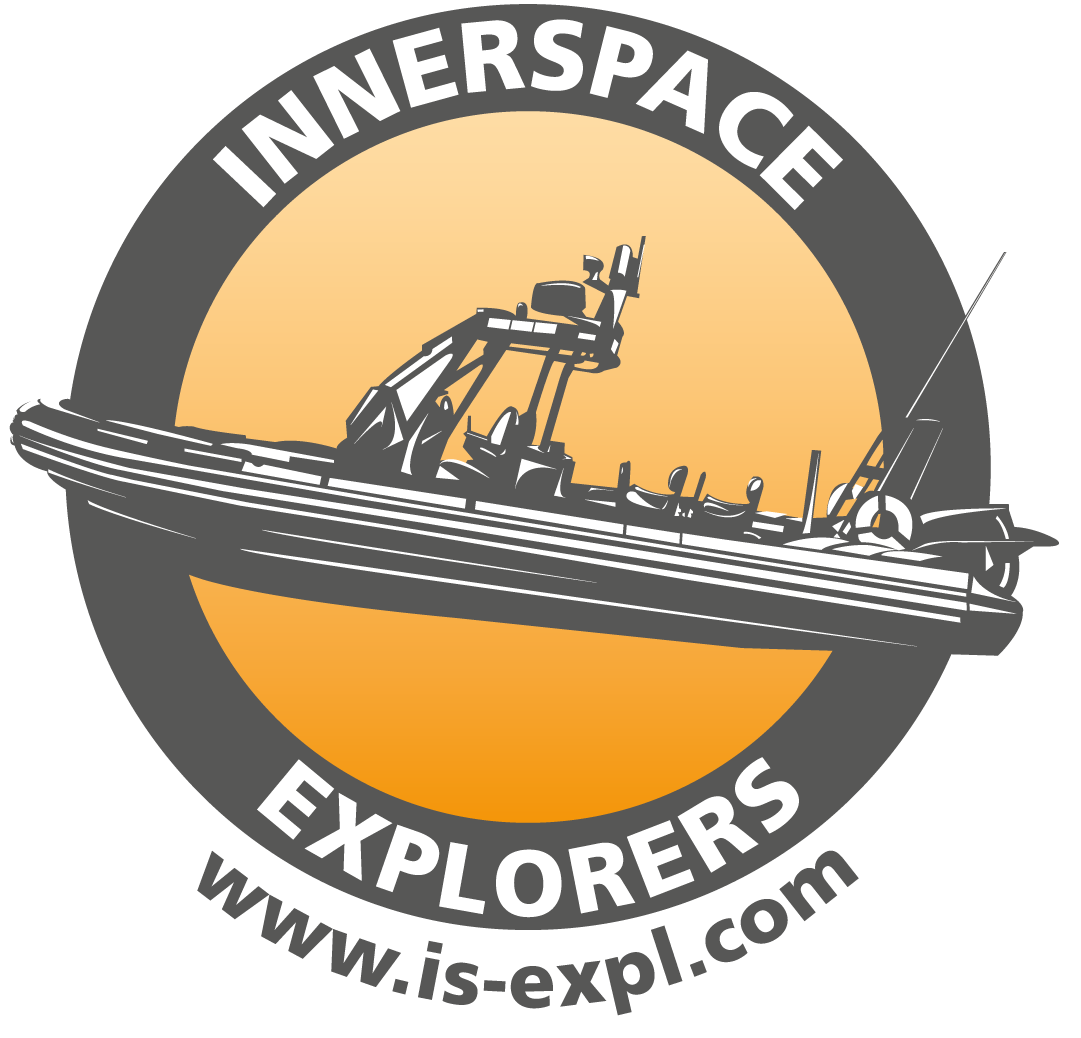Wreck Explorer Level II
What does that contain?
Prerequisites
- Must be at least a minimum 20 years of age.
- Must be ISE Exploration Diver Level 1 and ISE Wreck Explorer Level 1 qualified.
- Must have a minimum of 200 logged dives, with at least 50 dives on double cylinders, 25 dives of these must be beyond ISE Wreck Explorer Level 1 training.
- Must be able to perform the following:
600 meters swimming in less than 15 min. & free dive a distance of 20 meters
or alternatively
Snorkel 800 meters (with fins) in less than 16 min. & free dive a distance of 30 meters
or alternatively
Run 1000 Meters in less than 4 min.
additionally
10 pushups & 6 pull-ups & 30 sit-ups in 40 sec
Purpose
The ISE Wreck Explorer Level 2 is designed to introduce divers to wreck penetration, diving deeper wrecks using helium based gases, and staged decompression techniques. The emphasis is placed on advanced skills, using more equipment and going deeper into the subject of wreck exploration.
This course is based on theories and experiences. It also guide divers through dealing with the practical implications of deep wreck diving and also including penetrations. Divers are expected to be capable technical divers.
opencircuit backmount / sidemount or any rebreather that you are certified on.
Duration
This class will be conducted over a duration of 6 days, and involves at least 8 dives. At least 4 dives will be actual wreck dives.
Limits
- Student to instructor ratio will not exceed 3:1 in all in-water and surface sessions.
- Maximum training depth of 75 meters.
- Bottom PPO2 is not to exceed 1.2 bar.
- Certification expires after 3 years. Students have to re-qualify. (An evaluation dive)
Topics
- ISE organization
- Limits of training
- Course completion requirements
- Conservation and legal aspects
- Logistical planning, project support and operational planning
- Advance diving techniques including the use of multiple stage cylinders, navigation, advance gas management, decompression strategy and survey techniques.
Drills
- Spools, reels and guideline use
- Dive team order and protocols
- Touch contact
- Advance navigation skills
- Survey skills
Equipment
- Tank/s: For OC setup, students are required to use double tanks. Double tanks setup requires a dual outlet isolator manifold, which allows for the use of two first-stages. All dives must start with a minimum of 2250 volume liters of gas. Divers must also have access to three cylinders marked appropriately. One appropriate drysuit cylinder.
- Regulators:For double tank setup, one first stage must provide a second stage on a 2 meter hose and inflation for buoyancy compensator. The other must provide a second stage on a hose not exceeding 60 cm, attached with a shock cord on the mouth piece. It must also provide a pressure gauge on a hose not exceeding 60 cm, and inflation for dry suit. (where applicable) Three first stages must provide a second stage on a 100 cm hose and also a pressure gauge. One drysuit inflation system.
- Backplate: A rigid and flat platform, of metal construction held to the diver by one continuous piece of nylon webbing. This webbing should be adjustable through the plate with triglides to hold positions, and a buckle to secure the system at the waist. A crotch strap attached to the lower end of the plate and has a loop to pass the waist band through to secure the system. A knife sheath should be attached at the waist and will be adjusted beside the crotch strap when ready. This webbing should support five D-rings; 1 on the left, and 1 on right shoulder strap, both approximately the collar bone level. 2 on the crotch strap with one at the front and one at the buttocks. The shoulder straps should have small rubber bands to hold the back-up lights. The system should have no unnecessary components.
- Buoyancy Compensator Device: The buoyancy compensator device should be back-mounted and streamlined with only one inflator. There should be no bungee cords of any sort on the buoyancy cell. The lift should not exceed 25 kg for doubles. Wing size and shape should be appropriate to the cylinders used during training.
- Lighting Systems: The primary light that should be of a canister with light cord connecting to the light head design. The battery should be inside the canister and a slot to position it on the right hip location on the waist strap. The light head should have a goodman handle with a bolt snap attached, and a loop at the bottom of the light head. The primary light should be at least a 10 watts HID or equivalent.
At least two back-up lights that are of a twist on and off bezel design. It should be an in-line battery design that do not overdrive the bulb. There should be no on/off switch for the back-up lights. The back-up lights will have bolt snaps attached to the back of it for stowage to the system. - At least one depth measuring device.
- At least one knife as line cutting device.
- At least one low volume mask.
- At least one surface marker per diver.
- One survey compass.
- One survey slate.
- One time keeping device.
- One pair of non split, rigid fins.
- One underwater notepad.
- One spool of at least 30 meters of line per diver.
- One primary reel of at least 90 meters of line per diver.
- One drysuit that is appropriate for the training environment and water temperature.
- Decompression tables.
Classes
| Location | city | Start date | Instructor | Details |
|---|
Instructors
| Name | Country | City | Details |
|---|---|---|---|
| Alain Dobbelaere | Belgium | Waarschoot | Details |
| Senne Strobbe | België | Laarne | Details |
| Achim Schlöffel | Germany | München | Details |



